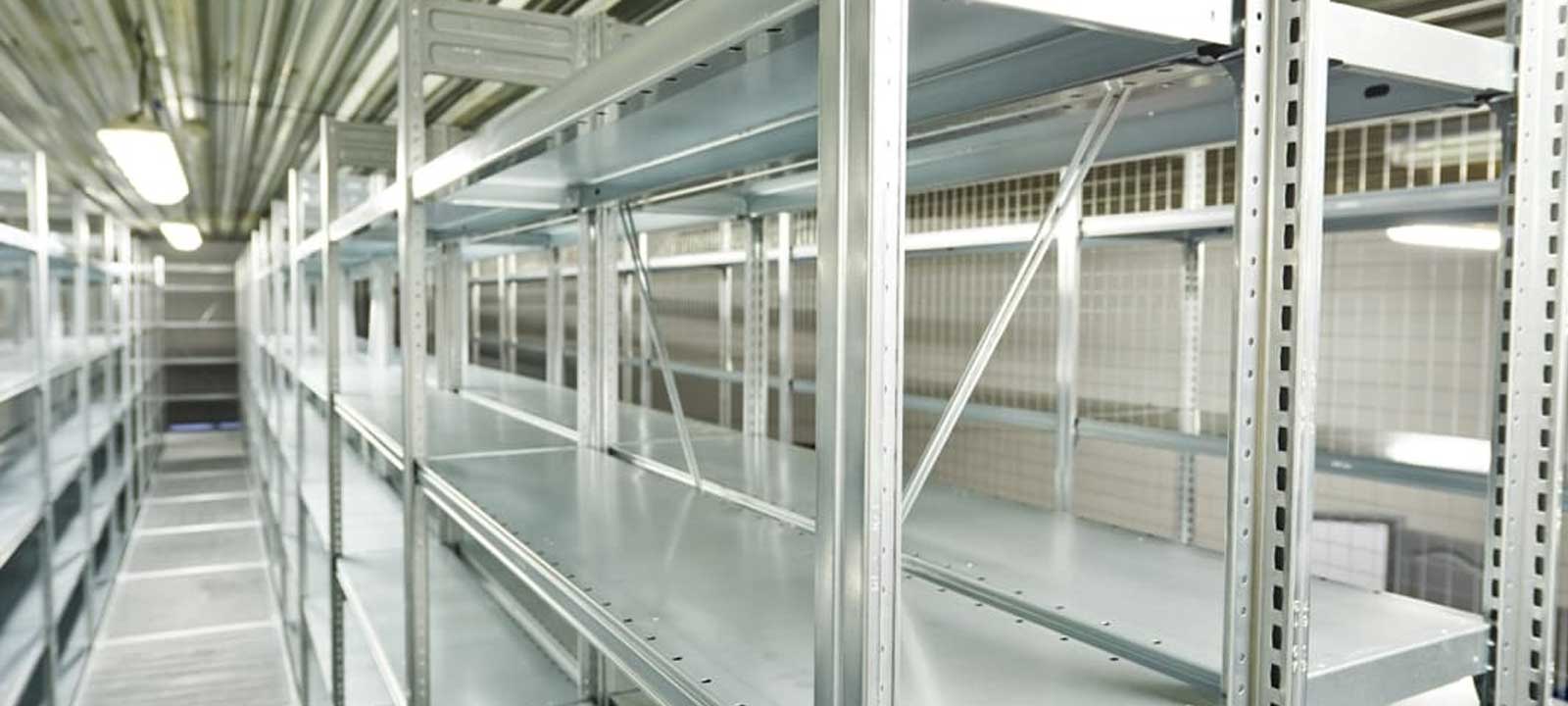Summary:
In this article, you’ll discover:
- What a Digital Mailroom Is: Understand how it digitizes and streamlines inbound mail.
- How It Works: Learn the process of scanning, digitizing, and routing documents.
- Top Benefits: Explore 4 key advantages, including cost savings, improved efficiency, and enhanced compliance.
- How to Decide: Find out if a digital mailroom is right for your organization based on volume and complexity.
What is a Digital Mailroom?
A mailroom is essential for any business that needs to handle its inbound correspondence. In an age when companies must find new ways to stay cost-competitive and responsive, digital mailrooms and modern automation tools can improve outdated systems and transform manual, inefficient business processes into streamlined workflows.
As today’s businesses look at cost-effective, high-impact digital technologies to transform their business processes and make them more competitive, the importance of the digital mailroom has come to the forefront. Digital mailrooms are not new—they have been established for a number of years—but the intense focus on “digital” has placed them in the spotlight.
At its most basic, a digital mailroom is a business process outsourcing (BPO) solution that helps organizations manage their incoming mail and messages. By scanning and digitizing inbound communications as they arrive, businesses can enjoy a host of benefits, including reduced processing times, accelerated workflows, lower postage costs, and improved document security. In addition, digital mailrooms make it easier to comply with industry or government regulations; keep track of important correspondence; and deliver faster, more seamless customer experiences.
For businesses that receive a large volume of mail daily—whether that be paper mail, faxes, emails, attachments, and more—a digital mailroom can become an invaluable part of operations. By outsourcing the task of managing incoming mail, businesses can free up their employees to focus on more productive activities and become much more efficient.
How a Digital Mailroom Works
A digital mailroom is a central location where all of an organization’s incoming mail and messages (paper, electronic, emails, attachments, faxes, etc.) are received, scanned, and routed electronically. Documents are scanned as duplex, black and white, or color, depending on your preferences. Even oversized items larger than A3 and unique or sensitive items such as checks or bound/stapled items can move through a digital mailroom process.
The digital mailroom concept is often part of a larger BPO initiative, adhering to strict service-level agreements (SLAs). For example, a company may promise to respond to a customer complaint or a product/service application within a certain time period, and a digital mailroom makes the entire process faster, more efficient, and trackable. An effective digital mailroom provider should be able to guarantee inbound mail will be digitized and routed within 24-48 hours of receipt. The provider should also be able to guarantee high accuracy levels of data capture and image quality. (At this point, higher than 98 percent is an accepted industry standard.)
Service providers such as Docufree leverage streamlined workflows, best-in-class, high-speed scanners, and equipment (sometimes scanning up to 10,000 pages per hour), and seasoned professionals to process the mail for its clients. Within the outsourced digital mailroom operation, an individual handles bulk scanning and indexing software and then captures data from each piece of mail. Digitized documents can be digested, interpreted, and delivered to an organization’s existing business system or platform, or many digital mailroom vendors also offer their own hosted document-management solution. In many cases, patterns and knowledge gleaned from inbound-focused digital mailrooms can also be used to optimize a business’s outgoing forms and mail, providing a complete end-to-end solution for an organization’s communication needs.
After original documents are received and processed through the digital mailroom, a provider should either confidentially and compliantly destroy or return the mail to the client. Before your documents are returned to you or are moved to the shredding phase, they should be stored appropriately and safely. Sometimes mail is stored for 30, 60, or 90 days, and then an action is taken. In some instances, clients opt to retain their original documents with a selected long-term storage vendor. If your digital mailroom provider doesn’t provide long-term storage options, it should be able to recommend a few trusted partners that can assist.
What about checks that come in through the U.S. mail? Depending on your existing setup, a digital mailroom will likely allow you to process inbound checks faster than if they were to come into a traditional mailroom. Two options exist for processing checks with a digital mailroom, depending on your needs:
- Inbound checks can be scanned (digitized) and certain fields— such as check number, amount, account number, check date, payable to, and more—can be exported for verification and tracking. This information can then be sent into a client system as an automated check reconciliation report and/or digitally delivered to a bank if the digital mailroom vendor has been granted permission to deposit to the specific account and can transfer the data accordingly.
- Another option is to receive inbound checks and then mail the hard copies back to the client. In this case, the client would handle and deposit the checks on their own.
Digital Mailroom Benefits
There are many benefits of using a digital mailroom, among them:
- Operational Efficiency: Improving efficiency and productivity while also providing tracking and metrics to identify pinch points and areas for improvement within workflows.
- Reduction in Storage: Reducing the amount of storage space required for physical documents.
- Seamless Compliance: Within certain industries, copies of records must remain on file for a set amount of time. When those records are digitized and securely stored, compliance requirements can be met without unnecessary risk.
- Cost-Savings: For businesses that receive a large volume of postal mail, a digital mailroom can provide considerable cost savings. Traditional mailrooms require personnel and labor management. The U.S. workforce continues to grapple with complex recruitment and retention challenges. Consistently staffing a stand-alone, in-house mailroom is not easy.
Digital mail can also be incorporated into other processes in a way that physical documents never can be. This is because they can integrate Optical Character Recognition (OCR) and Intelligent Character Recognition (ICR) technology to extract useful data, then classify and route documents based on defined business rules. Through detailed quality checks and piece-by-piece tracking, digital mailrooms drive money-saving improvements and efficiencies while mitigating human error and risk.
Outsourced digital mailrooms can be further extended into an organization using application programming interfaces (APIs) so that digital documents can flow into relevant systems such as finance, customer service and HR. Incoming mail can be combined with other communication channels, such as email or phone calls. Instead of all those incoming communications, whether from partners, customers, or suppliers, arriving in one single “bucket,” they can be automatically streamed to the right team—faster. This gives departmental teams access to all the relevant information they need to act on associated tasks or resolve queries.
How to Know if a Digital Mailroom Is Right for My Company
The factors that are relevant when deciding to convert to a digital mailroom relate mainly to volume and complexity. Set-up costs, whether for in-house or outsourced services, are prohibitive for organizations with mail items in the low hundreds per week. The organizations that benefit the most are those handling thousands of items every day.
Organizations also tend not to have the expertise needed to run digital mailrooms in-house, in contrast to third parties that constantly invest in skills, equipment, and technology to stay ahead of the game.
The main factors when deciding to outsource are cost and added value. Even the most basic outsourced digital service will cost less than maintaining a physical mailroom over time. Still, the fact that it delivers resilience for the future and the potential for additional services offered by specialists in the sector makes outsourcing the smart choice.
When we talk about a digital mailroom, we essentially talk about the evolution in mailroom technology—and sometimes even an organization’s overall digital transformation strategy.
As the power of artificial intelligence and robotic process automation continues to grow, digital mailrooms will move far beyond being mere replacements for the physical mailrooms of the past. Instead, they will act as the information hub of every organization, speeding up and improving every process that relies on document sharing.
Contact us today, if your company is ready to automate its mailroom.




